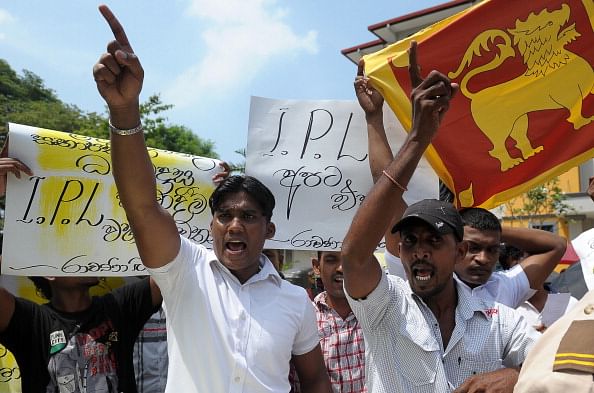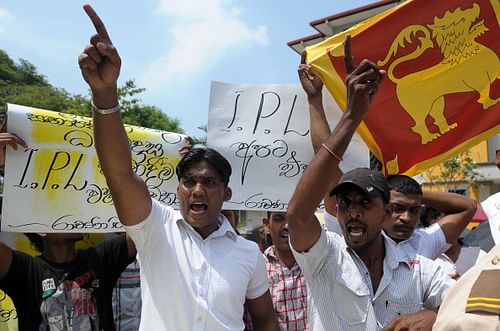
IPL – Controversy's favourite child?

IPL 6 – Surrounded in controversies again
Every season of IPL seems to have some controversy or the other. IPL, being an event of such magnitude, is bound to be embroiled in a controversy. Here’s a low down on how one of the biggest properties in world cricket has suffered because of controversies over the years.
It all began in the first season where ‘Slapgate’ (Harbhajan vs Sreesanth on the field!) was all over the news. Controversy reared its ugly head in the second season again, but this time it was even before the season had begun.
IPL 2 had to be shifted out of India due to the non-availability of security forces for major part of the league as it coincided with the general parliamentary elections in the country.
IPL 3 was the swansong for Lalit Modi, widely considered to be the brain behind IPL. But he had to leave with all the allegations of financial irregularities, favoritism, his stake in franchises and the list of his alleged crimes went on and on.
IPL 4 had two new teams in the roster but two of the already existing teams (KXIP and RR) were lodged in a legal tussle with the BCCI and post IPL 4, the newest addition, Kochi Tuskers Kerala were disbanded after only one season.
IPL 5 was arguably the most closely contested and also the most watched season after the first edition, however controversy couldn’t be far from it. Spot-fixing scandal rocked the IPL when a news channel conducted a sting operation and few uncapped Indian players were found guilty of the crime. Then there was the drug scandal involving Rahul Sharma and Wayne Parnell and the molestation charges against Australian cricketer Luke Pomersbach.
IPL 6 is just a week old, but the controversies just don’t want to lie down. Two controversies have already taken place. The first took place in the southern state of Tamil Nadu, where there is uproar against the killings of Tamils in Sri Lanka during the LTTE war and killings of Indian fishermen by Sri Lankan coastal navy on a regular basis. The TN government decided to not allow any Sri Lankan cricketer to take part in the matches taking place in the state (Chennai to be precise).
The second controversy took place in Maharashtra. The state is facing one of the most severe drought situations in the last 40 years. While some say it’s a man-made calamity, we can leave this argument to the politicians. Due to this, various political parties have demanded that the matches taking place in Maharashtra (Mumbai and Pune) should be moved out of the state to save the huge amount of water which will be used for the preparation of the two grounds (Wankhede Stadium, Mumbai & MCA Stadium, Pune), and that this water should be provided to drought affected areas instead.
However, now the situation seems to have cooled down and the matches would indeed take place in these stadiums as scheduled. In my personal opinion, this is a fantastic opportunity for the BCCI and the two franchises to do some charity. At the end of (or during) the tournament, they should give away a certain percentage of the proceeds earned from the matches to the drought affected areas. This would help the areas to tackle the drought situation and work as a brilliant CSR exercise. A similar activity was conducted by all the franchises when the IPL was held in South Africa. Huge sums of money were provided as charity to the underprivileged kids in South Africa. This was a very good deed by the IPL and the franchises and a similar activity in India would do no harm to the tournament.
To conclude, I can only say that the tournament has just begun and anything (and everything) can happen in the next two months. I’m only hoping that the cricket does the talking and nothing else.
Next year’s IPL again coincides with the General Parliamentary Elections in the country; will it be deja vu all over again! We can only wait and watch.